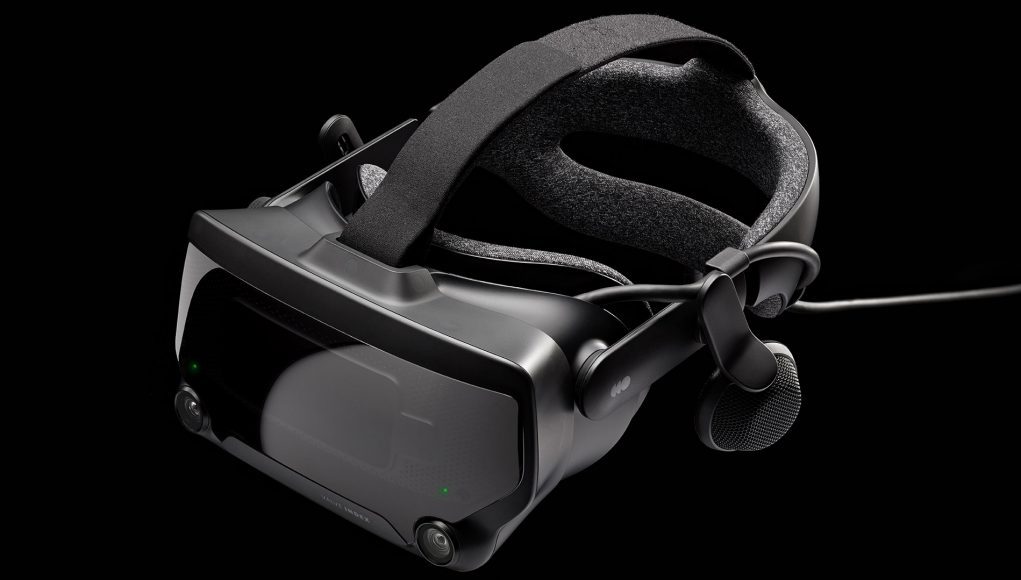While we offered our initial hands-on impressions with the Valve’s new Index headset last month, we’ve now had many more hours inside the headset, and an opportunity to put it side by side with others. Here’s a deeper look at Index ahead of a full review still to come.
Update (June 28th, 2019): With the launch of Index, we’ve expanded on this preview after even more time using the headset. Check out our full Index review.
First up, Valve told us that there’s still some Index-related stuff (mostly on the software side) that will be updated between now and when the headset launches on June 28th. So there’s a handful of things I won’t address in detail until our final review; this article will mostly serve to elaborate on what I saw in my initial impressions (things like ergonomics, visuals, and audio) now after hours of long term Index use.
If you’re just coming up to speed on Index, our initial hands-on article has a lot of the ‘what’ and ‘why’ from Valve’s perspective, and I’d really recommend that you start there. With that out of the way, lets jump in.
Valve Index Preview
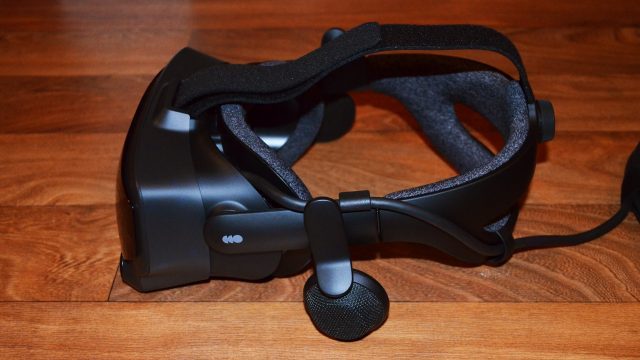
In revealing Index, Valve argued that the headset is not defined by one single factor—be it resolution, field of view, etc—but instead that the sum of its specs and features add up to a high fidelity experience. Having used Index for many hours now, I have to say that this reasoning really rings true. When you first put on the headset and play a game, you might be hard pressed to say exactly why, but it just looks and feels more immersive than any other headset in its category. Indeed, the improvement in fidelity doesn’t come from just one factor, but instead from the fact that no single design choice is the blatant bottleneck of any other.
Ergonomics
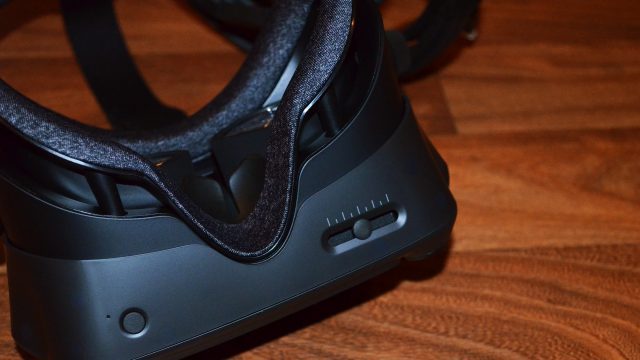
I would say it all starts with Index’s excellent ergonomic design, which is perhaps the most adjustable headset out there. Ergonomics in VR headsets isn’t just about comfort, it’s also about visual clarity, since getting your eyes well aligned with the lenses can make the difference between a sharp and comfortable image, or a blurry one with eyestrain. Without being able to get your eyes comfortably into ideal alignment, pretty much every visual aspect of the headset can be compromised.
Thankfully, Index has a physical IPD adjustment, which ranges from 58mm to 70mm, which can accommodate the vast majority of users. On top of that, the knob on the right side of the headset lets you bring the lenses very close to your eyes, maximizing the field of view and your ability to align with the lenses’ sweet spot. The Vive Pro has a similar lens-to-eye distance adjustment, but it doesn’t let you get the lenses as close as Index.
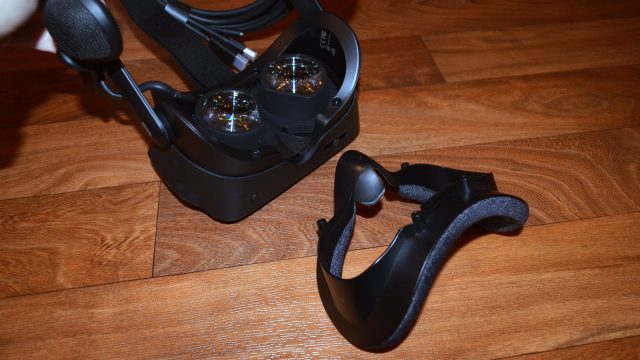
From a comfort standpoint, Index’s padding is super soft; a knob on the back of the head-mount lets you finely adjust the tightness, and the visor rotates about the hinges to find a good resting place against your face. Though it’s fine for me, I don’t expect that the face gasket will fit everyone perfectly. Thankfully it’s magnetically attached and easily removable; Valve says it plans to release CAD files to make it easy for third parties to make accessories for Index, which will hopefully mean readily available aftermarket choices.
I didn’t realize it initially, but now that I’ve spent a lot of time with Index, I found that the side straps are ‘springy’, just like the original Rift. This means that there’s some ‘play’ to the head mount such that you can put it on and take it off ‘hat style’ (back to front) without re-adjusting the tightening knob in the back every time. For the most part, that means that once you dial in the fit of Index, you shouldn’t have to fiddle with it often. That’s a nice improvement of headsets like Rift S and Vive Pro which generally need to be tightened each time you put them on and then loosened before being taken off.
Visuals
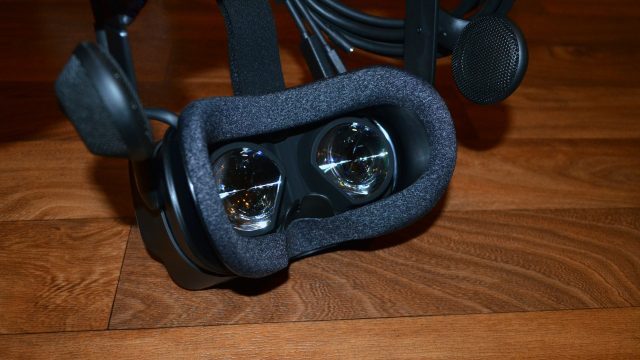
Field of View
Thanks to all the ergonomic design, it’s easy to get your eyes right into the sweet spot of the lenses for the best visuals. This matters not just for clarity, but certainly for field of view too. Between the displays and the ability to bring the lenses very close to your eyes, Valve says they expect that most users will get a field of view that’s roughly 20 degrees wider than they’d see with a Vive. The difference at first doesn’t seem massive, but going back to headsets like the Vive and Rift S makes it abundantly clear that Index has the widest and most desirable FOV.
It’s possible to bring the lenses so close that you can start to see the edges of the Index displays in your peripheral vision. This is generally undesirable, but tolerable if you want the maximum possible FOV. If you’d prefer the soft round edges of the lenses as the limit of your FOV instead, it’s incredibly easy to dial the lenses back just a bit until you don’t see the display edges anymore.
Display
Index uses an LCD display with RGB subpixels which are know for having better fill-factor/less screen door effect (SDE). It’s a notable reduction in SDE and improvement in resolution compared to the original Vive and Rift, but SDE is still visible. Compared to the Vive Pro however, there’s little overall difference in SDE. This is likely partly due to the larger Index FOV (which serves to reduce pixel density compared to a smaller FOV), and the fact that RGB subpixels create a slightly more defined (if smaller) SDE structure compared to the offset pattern seen with PenTile OLED displays.
Overall clarity on Index pulls ahead of Vive Pro however, which is thanks to the super low persistence and high refresh rates.
Refresh Rate & Low Persistence
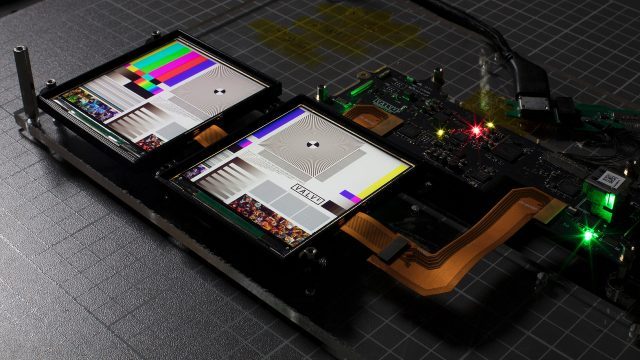
It’s hard to explain exactly how a higher refresh rate makes the view through Index look more immersive and ‘there’, but it definitely does. Even though the 80Hz or 90Hz or other headsets is plenty comfortable and looks good, it’s still far from the ‘perfectly smooth’ motion of real life. At 144Hz, everything just looks that much more smooth, adding to the ‘lifelike’ quality of what’s around you. It probably also helps that a 144Hz refresh rate means lower latency too.
I would go so far to say that the higher refresh rate is the single greatest contributor to the increased immersion with Index, perhaps even more so than the increase in field of view.
The high refresh rate works in conjunction with Index’s ultra low persistence to keep the image sharp throughout. Persistence is how long a pixel remains lit, and in VR, lower is better because illuminating pixels for less time reduces blur during head movement. All decent headsets use low persistence, but Valve says that Index is the first headset to offer sub-pixel persistence, which in theory means virtually zero persistence blurring.
Sweet Spot
Index’s sweet spot (the area of the lens which offers the best clarity) is also noticeably improved over the Vive and Vive Pro. It’s not ‘edge to edge’ sharp when you rotate your eyes about the scene, but the sharpness doesn’t fall off nearly as fast as with the Vives. The end result is that it feels more natural to look around the scene with your eyes rather than your head, which is especially good considering the wider field of view on Index.
God Rays & Glare
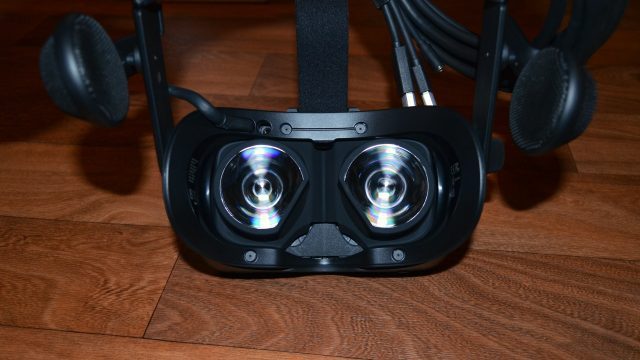
For the most part, everything described above about Index’s visuals is either on par or an improvement over headsets in the same class, but there is one area where Index makes a compromise: glare.
While most other headsets use single-element lenses, Index uses dual-element lenses. I suspect this was done specifically to expand the sweet spot, but I also suspect it’s the reason why glare has become more apparent than other headsets like the Rift S, Vive, and Vive Pro.
I want to be clear here because the terminology surrounding what many users call ‘god rays’ and ‘glare’ is not particularly precise—so I’m going to explain what I’m talking about with a little extra detail.
When it comes to various light-related lens artifacts in VR headsets, there seems to be two major components. The first is what I believe most people are talking about when they say ‘god rays’—that would be the lens flare-like light that seems to directly emanate from bright objects against darker surroundings. God rays are the lines of light you can see coming directly from objects in the scene. These lines are quite defined, and typically point directly toward or away from the very center of the lens; you can see them rotate around their host object as you move your head. A good example is white text on a black background—the text appears to flare in a quite discrete way, directly against and around the text.
Then there’s internal reflections, which generally equates to what some users call ‘glare’ (and that’s how I’ll refer to it here). Glare is the broader light scattering artifacts that don’t appear to emanate as directly from the object in the way that god rays do. Glare scatters around the field of view more globally than god rays.
With that in mind, when it comes to Index, god rays are an improvement over Vive, and look to be about on par with the Rift S. But glare is worse than Rift S, Vive, and Vive Pro, and can be pretty obnoxious when you have large, high contrast elements against darker backgrounds. The glare on Index seems to be brighter and more defined than with other headsets. It also tends to fall toward the outer edges of the field of view, which I suspect makes it more noticeable because of the way that our peripheral vision is more sensitive to both movement and contrast than our central vision.
I suppose this was a necessary concession to achieve other objectives in the lens design, but I’m surprised with how apparent the glare can be at times.
As ever, both god rays and glare go away in scenes with lower contrast. Smart developers can mitigate god rays and glare by avoiding high contrast elements in their content (Lone Echo being the premiere example)—and frankly that would benefit other headsets too if more developers were cognizant of this; maybe Index will be a good wake-up call.
Audio
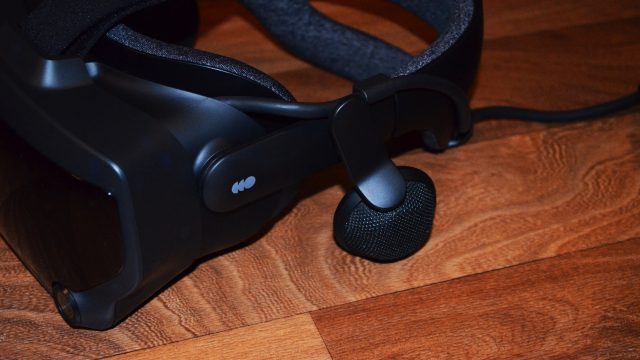
The floating headphones on Index are just flat-out excellent. When you put the headset on you don’t even know they’re there because they don’t touch your ears. Then the audio comes in and boom—powerful, full-bodied sound; easily the highest quality integrated audio in any VR headset to date. As these are technically speakers rather than headphones, they’re going to be audible to other people in the room, but you’ll want to use them anyway. If you’d prefer another audio solution, you can remove the Index headphones with an allen wrench and plug in your preferred headphones with the on-board 3.5mm jack (hidden under the face gasket).
I’ve already written in depth about Index’s headphones, though I will share an anecdote.
For me, a true ‘audio upgrade’ is when the upgrade allows you to hear things you’ve never heard before in audio content that you’re intimately familiar with. I’ve logged dozens of hours in The Lab over the years, but it wasn’t until I was using Index that I was struck by how intricate and detailed the sounds are from the little robot dog. It has a bunch of different animations, each accompanied by subtle noises that highlight its movements. I wasn’t even specifically testing the headset’s audio, it was just something that caught my attention as the dog ran around me.
And that’s pretty freaking cool. The Lab came out in 2016—and I’ve explored damn near all of it—but three years later I experienced something that I never really noticed until better hardware came along and revealed it.
I spoke with a VR developer who had this same experience with Index of newly noticed audio details, but in their own application that they work on every day.
– – — – –
So, Index really is shaping up to be the step forward in VR fidelity that Valve set out to build, but the company itself concedes that cost and ease of use were not its primary objectives—and that makes Index a decidedly enthusiast product.
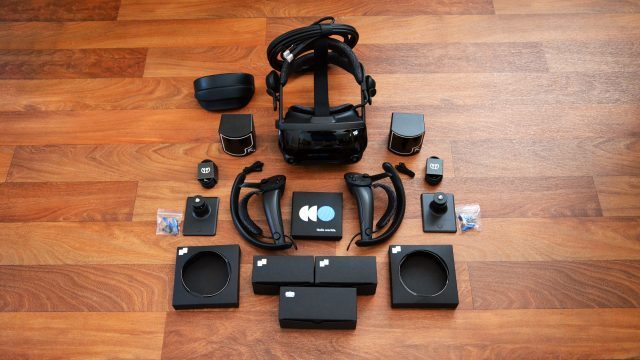
Indeed, the full Index kit runs $1,000 and comes with all of 2016’s VR caveats: set up permanent or semi-permanent tracking equipment, figure out how to use fiddly SteamVR software and settings, and learn how to dial in all of the headset’s adjustments. Not to mention that to get the most out of the 144Hz capable headset, you’ll want enthusiast grade PC hardware to match.
In this sense, I liken the Index approach to a DSLR camera—more expensive, but capable of taking great photos as long as you put in the time to learn the ins and outs, and have appropriate hardware to support it (like a good tripod and lens).
Oculus on the other hand is aiming more for the ‘point-and-shoot’ camera approach with Rift S—lower cost, less complexity, and more user friendly—but simply not capable of achieving the same level of fidelity.
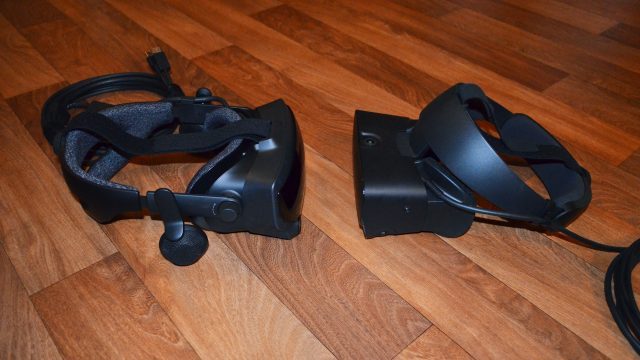
Just like with a DSLR vs. a point-and-shoot, neither approach is ‘right’. Some of us are willing to pay more and do more to get the best picture. Others are fine with good enough as long as it’s easy and affordable. Good thing there’s options!
Granted, this analogy doesn’t at all consider differences in content, but that’s a discussion for another day.
– – — – –
I’m sure there’s more questions than I’ve addressed here. Fire away in the comments!
Disclosure: Valve provided Road to VR with an Index headset.

